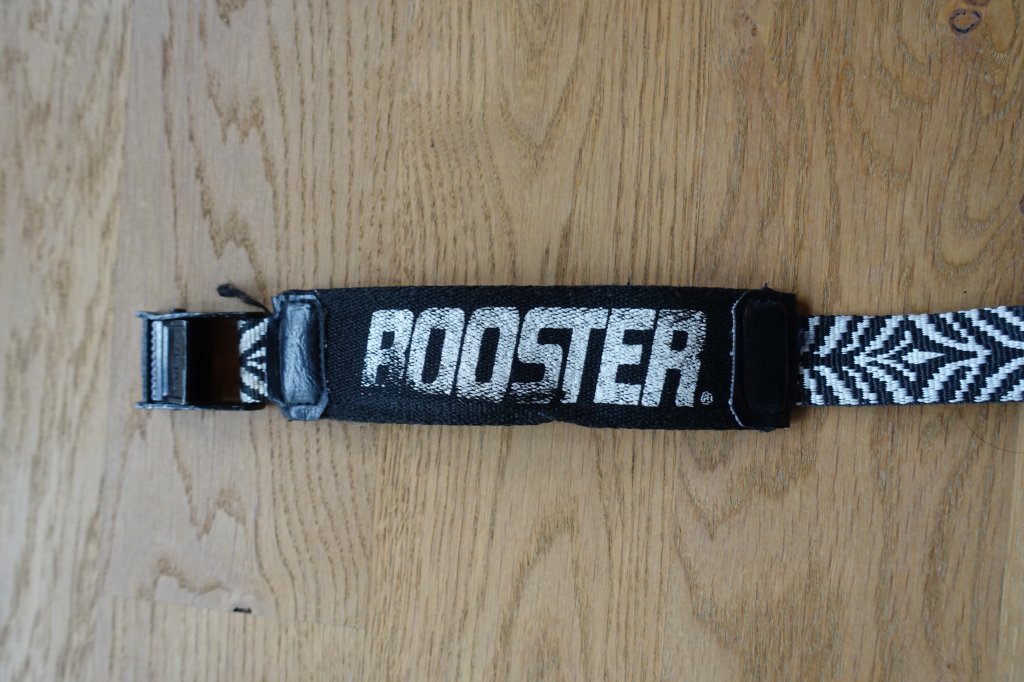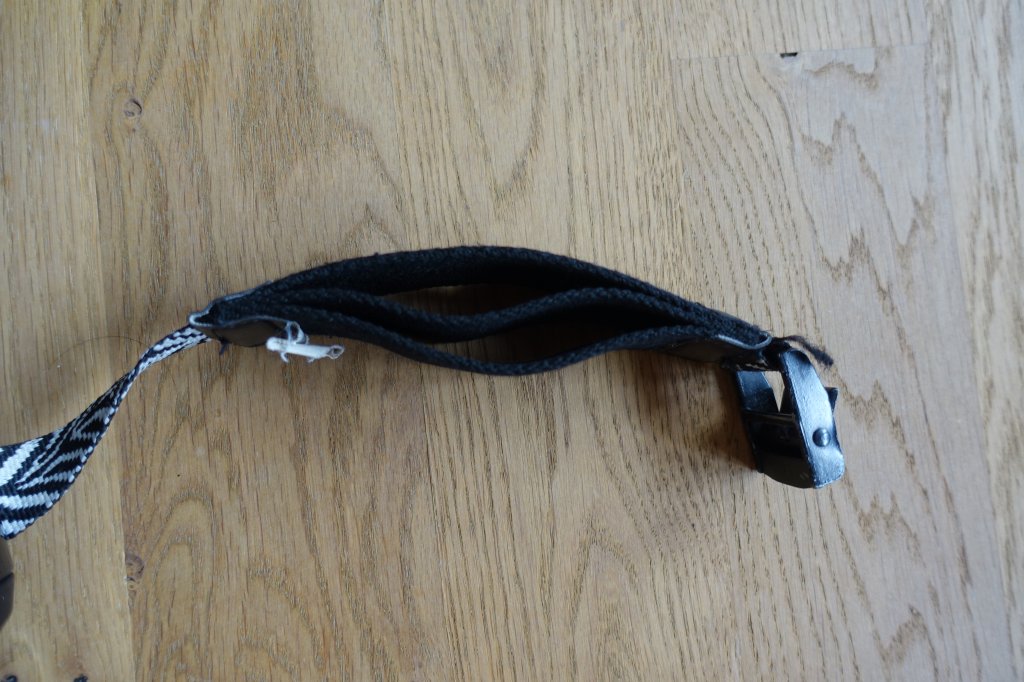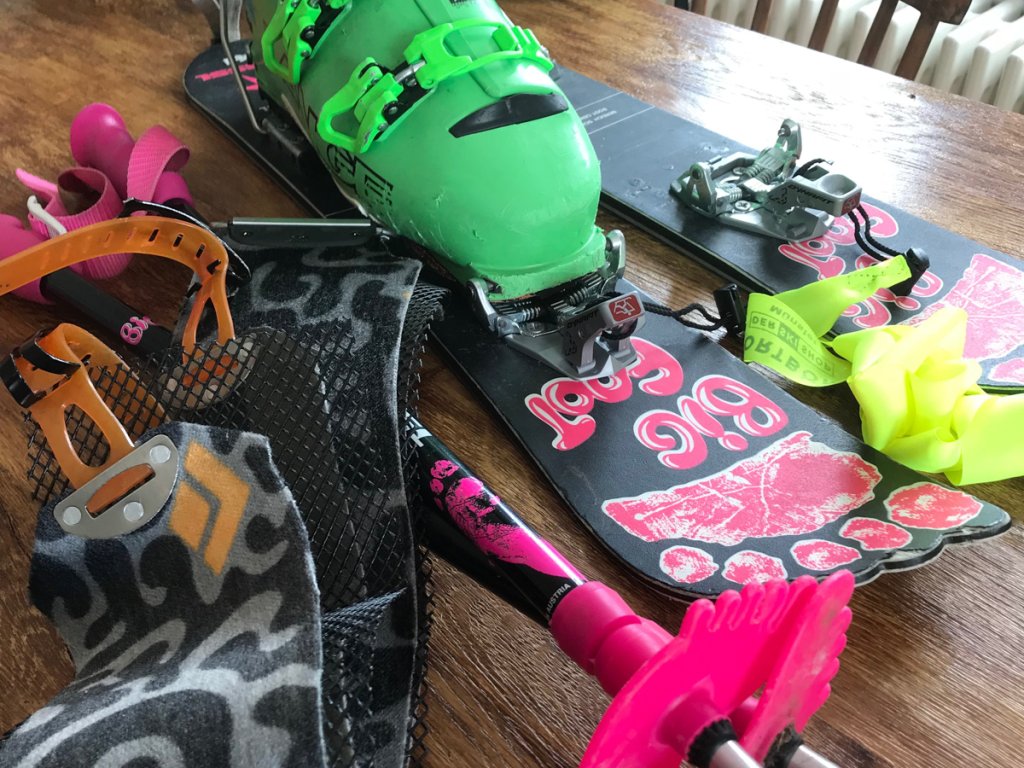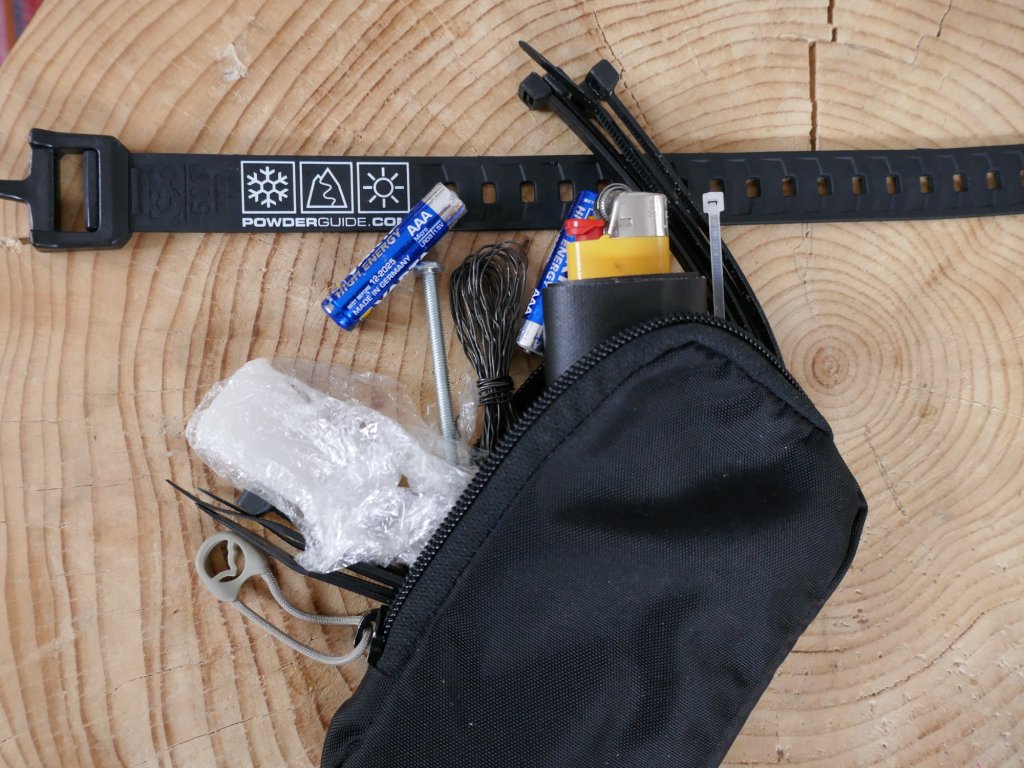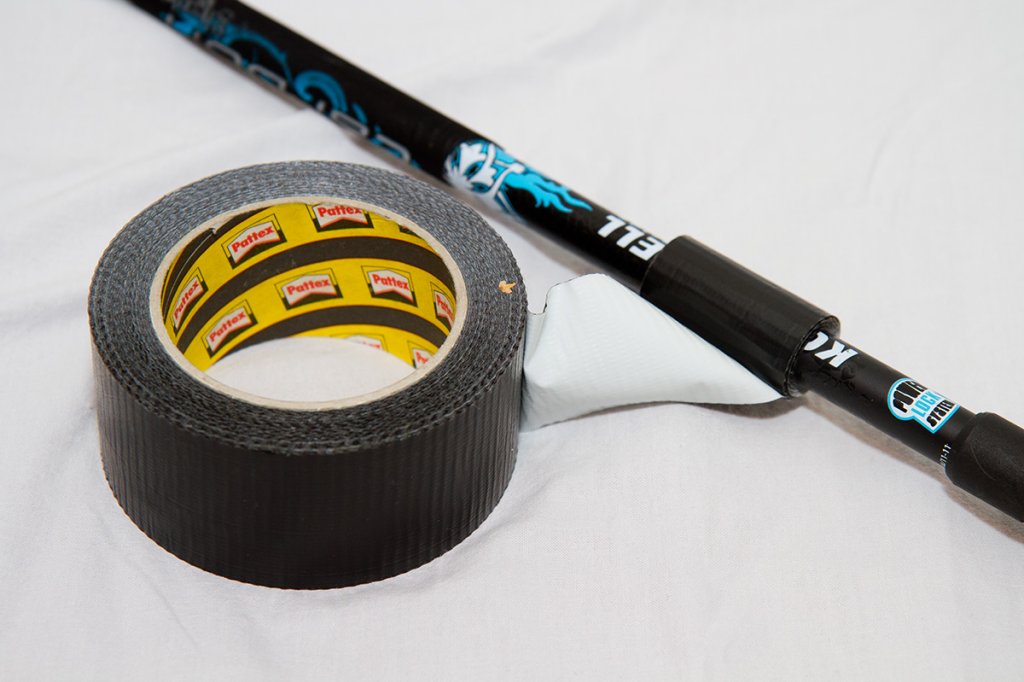This also refers to the construction of the booster. It is a fixed harness that is continuously tightened with a solid metal buckle and thus pre-tensioned. On the ascent, you can simply leave the strap very wide open with a short handle and thus avoid any annoying dangling of the buckle. The strap is interrupted by two to three elastic bands for the flexing area when guiding the skis on the descent. Two for the softer version, three for the Expert/Race or World Cup version. In the latter case, the elastic area is very short and probably too ambitious for most freeriders. You can think of it as an adaptive sports suspension and this controlled suspension travel simply gives you a lot of confidence. Of course, racing pros can get more out of it with their own, specifically trained suspension.
For me, the Expert version is very suitable. I recommend starting with this and if it is really still too stiff, cutting out a strip if necessary.
The simple construction of buckle+strap+rubber meant that the inventor's patent specification was very secure. It could not be reproduced by any major ski boot manufacturer on their own initiative. There are often similar constructions on racing boots from the factory, but these are always only partially elastic. In the rubber there is a continuous fixed area that does not flex. If you look closely, you will see that most racers also use an original booster to get the most out of the shoe. Some manufacturers use the original patent and mark this with a Powered by Booster logo. The patent is now due to expire soon and it is expected that almost all sporting goods manufacturers will make use of this invention. As long as the patent is valid, the piece of equipment is very expensive relative to its simple construction.
Fitting the straps is relatively simple and, if the strap is purchased from a professional retailer, it will also be fitted there - you just have to make sure that the metal buckle rests on the plastic and not on the inner boot.
I've been using the booster for around 3 years now and it pampers my calves and shins and simply makes my skiing days better. For me, it was one of the biggest equipment discoveries after having my ski boots fitted by a boot fitter.
